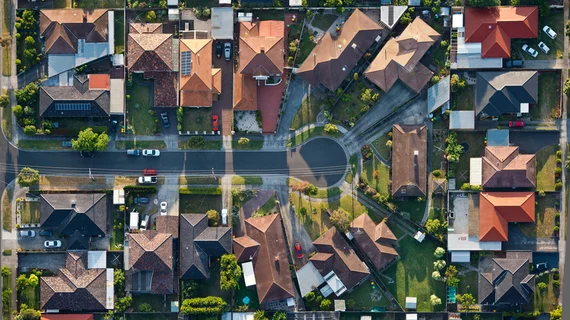Reducing racial segregation one way to fight hypertension in black adults
Previous studies have linked racial segregation with black-white health disparities, due to varying resources, education and healthcare access. Specifically, research has linked greater segregation within black communities can lead to higher prevalence of hypertension.
A recent study, led by Kiarri Kershaw, PhD, with Chicago’s Northwestern University Feinberg School of Medicine, examined how changes in exposure to segregation affected high blood pressure. The results were published online May 15 in JAMA Internal Medicine.
“Despite cross-sectional evidence linking racial residential segregation to hypertension prevalence among non-Hispanic blacks, it remains unclear how changes in exposure to neighborhood segregation maybe associated with changes in blood pressure,” Kershaw and colleagues wrote.
The observational study examined longitudinal data from the Coronary Artery Risk Development in Young Adults (CARDIA) study, a prospective investigation of adults from 18 to 30 years old who were first examined in 1985 and 1986, and then reexamined for the next 25 years.
Of the 2,280 participants, 57.3 percent were women. A large majority of them lived in highly segregated neighborhoods (81.6 percent), while 12.2 lived in a medium-segregation area and 6.2 percent lived in a low-segregation neighborhood.
A 1-SD increase in segregation was associated with a mean systolic blood pressure increase of 0.16 after adjusting for age, sex and original location. For those in highly segregated areas, reductions in exposure to segregation were associated with systolic blood pressure. Mean differences were -1.33 (95 percent CI, -2.26 to – 0.4) mmHG in high- versus medium-segregation neighborhoods and -1.19 (95 percent CI, -2.08 to -0.31) mmHG when examining high- and low-segregation areas.
“We found that increases in neighborhood-level racial residential segregation were associated with small but statistically significant increases in systolic but not diastolic blood pressure,” wrote Kershaw et al. “In addition, among those living in high segregation neighborhoods at baseline, reductions in exposure to neighborhood segregation were associated with decreases in systolic blood pressure of more than 1 mmHg.”
The authors noted that a population-wide reduction of 1 mmHg would result in 10 fewer coronary heart/stroke events and 20 fewer heart failure events for every 100,000 person-years in black individuals. Such measures would help reduce disparities in the black population, which experiences higher rates of hypertension and cardiovascular disease.
The authors recommended changes in social policy could help black communities in dealing with the negative cardiovascular consequences of housing segregation.
“Findings from our observational study suggest that social policies that minimize segregation, such as the opening of housing markets, may have meaningful health benefits, including the reduction of blood pressure,” they wrote.

